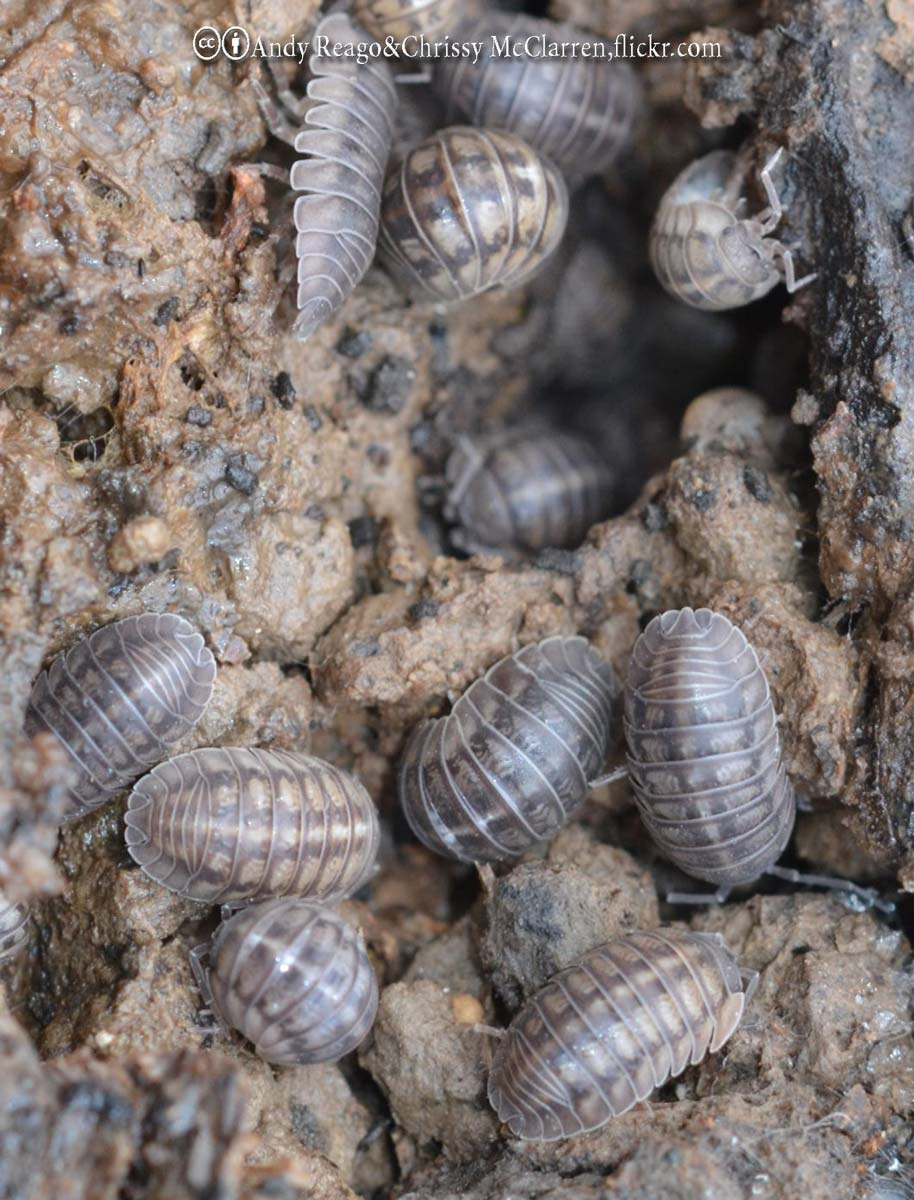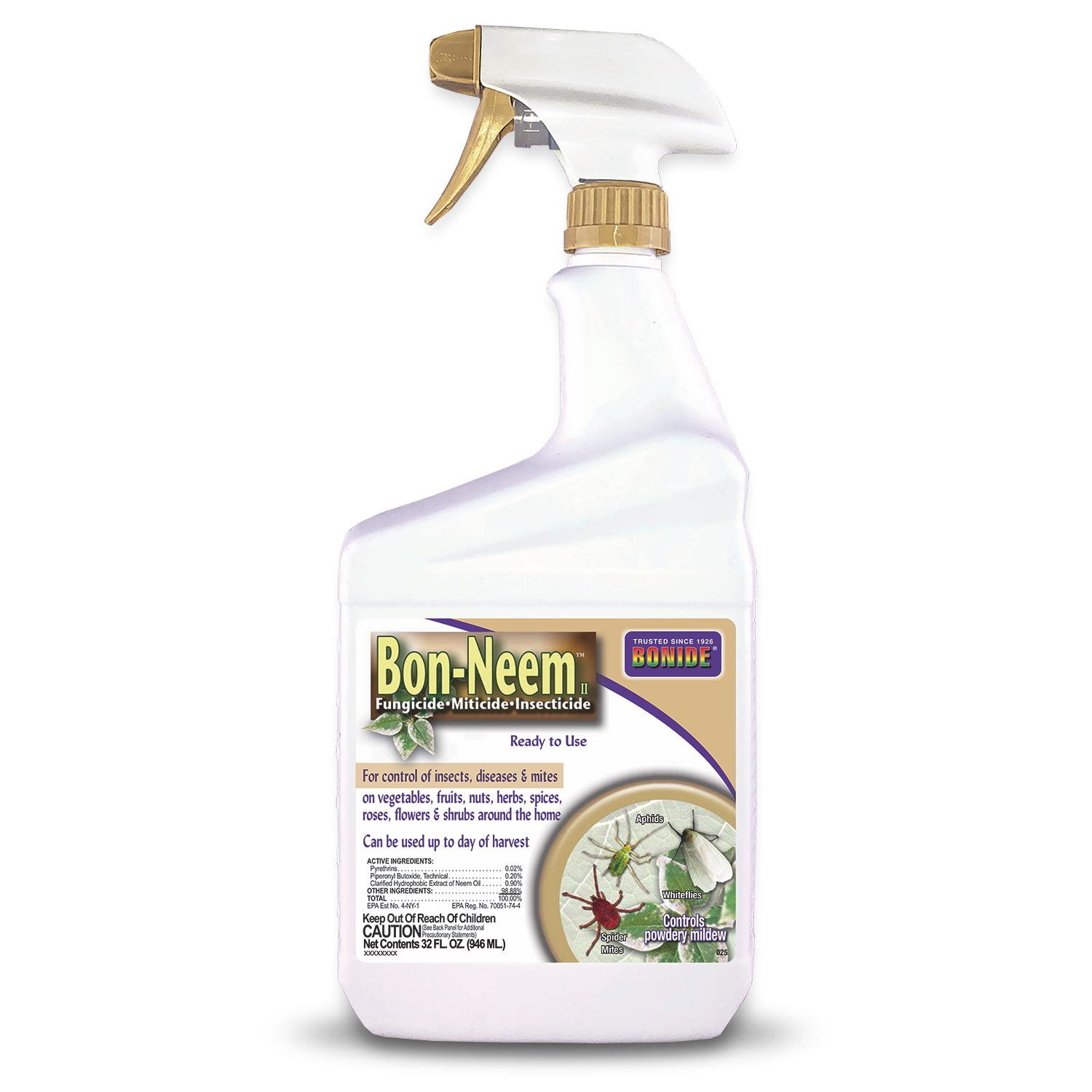
Oval and about 1/2 inch long, these seven-legged crustaceans are easy to tell apart; sowbugs have two tail like appendages, and pillbugs curl into a tight ball if disturbed. Although adapted to life on dry land, the creatures thrive in damp conditions. To keep from drying out, they hide in dark, moist places during the day and feed at night. They’re often wrongly blamed for plant damage, since they frequently spend the daylight hours in holes chewed by snails and other pests. Both sowbugs and pillbugs are largely beneficial: they feed primarily on decaying matter. It’s true that they sometimes go after vegetation, but in general, they cause problems only when their numbers are high.
Target: Seedlings; ripe fruits and vegetables lying on damp ground.
Damage: Tender vegetation is chewed; holes are nibbled in ripe fruits and vegetables.
Life cycle: Each female lays eggs in a pouch on the underside of her body. The young, which look like smaller, paler versions of the adults, develop in the pouch. There are one to three generations a year.
Notes: To discourage sowbugs and pillbugs, water early in the day and use a coarse mulch that drains well. Instead of killing the pests, move them to a compost pile, where their work will be appreciated. If you see blue or purple individuals, leave them alone they’re infected with a virus and will eventually succumb.











